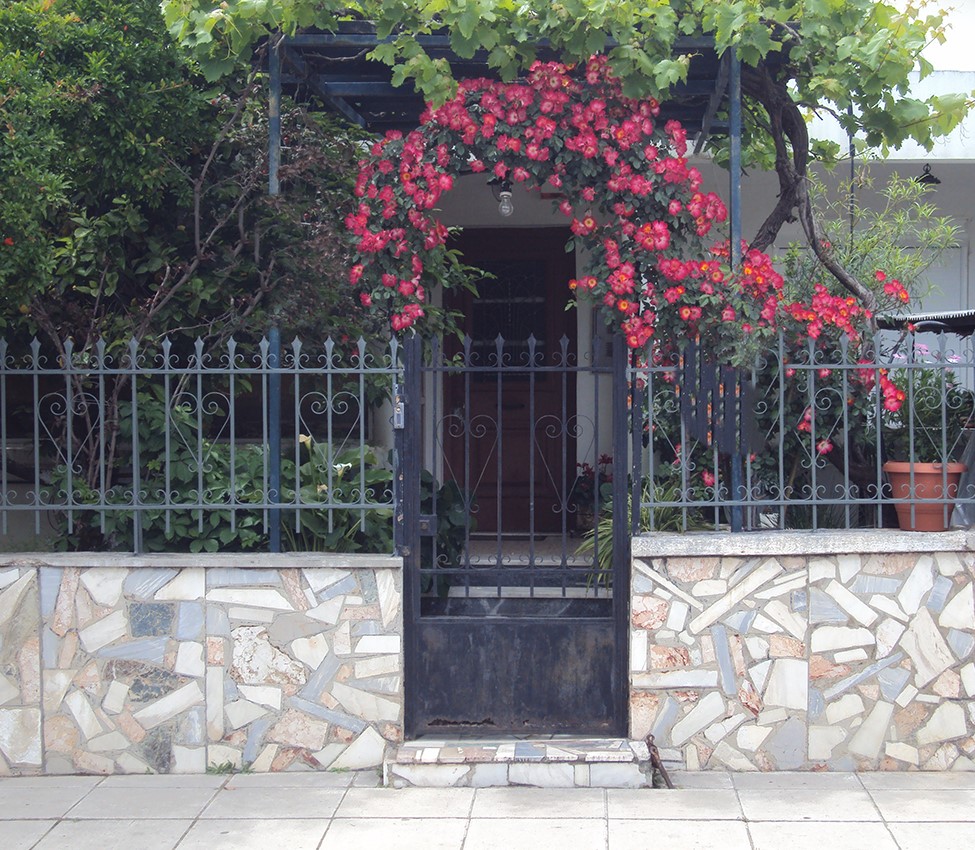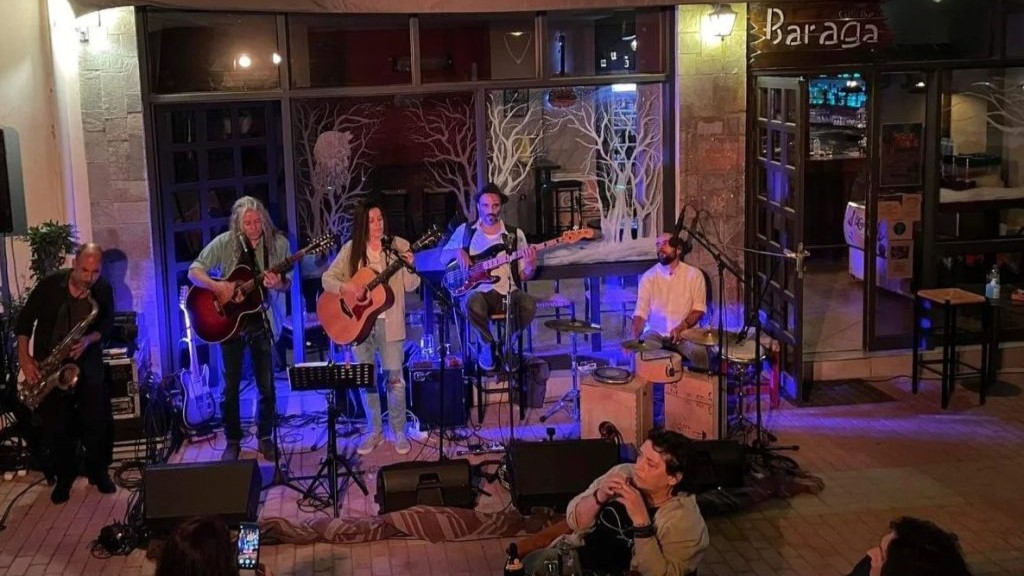By Kathy Karageorgiou
When the inner city, Athenian suburb of Exarcheia was recently voted amongst the top 40 ‘coolest’ neighbourhoods in the world – I smiled.
I smiled for Athens who many consider a faceless, concrete jungle. I smiled for Exarcheia – at the irony of this old, anarchist enclave being now ‘discovered’ and deemed ‘cool.’ But more so I smiled – knowingly, thinking of my suburb, a hidden gem and ‘cool’ of course – Anakasa!
Anakasa is part of the Athenian western suburb of Agioi Anargiri, 6 kilometres from central Athens. Wondering if I’m perhaps romanticising the area, I sought out the opinions of two other Greek Australians, Kosta and Vaia who have lived in Anakasa for decades.
Vaia who is in her early 50’s, had visited Anakasa briefly in the 1980s and 1990s to see relatives and as a base for further exploring Athens, the Greek islands and Europe. It was in 2000 that she, with her then-infant daughter decided to settle in the area.

“Since my first trips to Anakasa, I appreciated having a big family circle close by; something that was missing in Australia,” she says.
“Before deciding to move here long term, I thought: ‘I don’t want to bring up my daughter here,’ because things seemed a bit backward like technology and the public service.”
Vaia went on to accept work located just a short walk from Anakasa, in her profession as a speech therapist. Another motivator for her to settle in the area was, apart from meeting her partner, the lively evening scene in the area’s plateies (public squares).
“It’s easy to head out and catch up with friends for a coffee or mezedes, while the kids play in the plateia,” she says, adding, “I also like that our local plateia is named ‘Aris Velouhiotis’ – after a freedom fighter – and that there’s often free, live music there. Anakasa’s history is that of a rock city… with bands like Pyx Lax, Tsopana Rave, etc.”
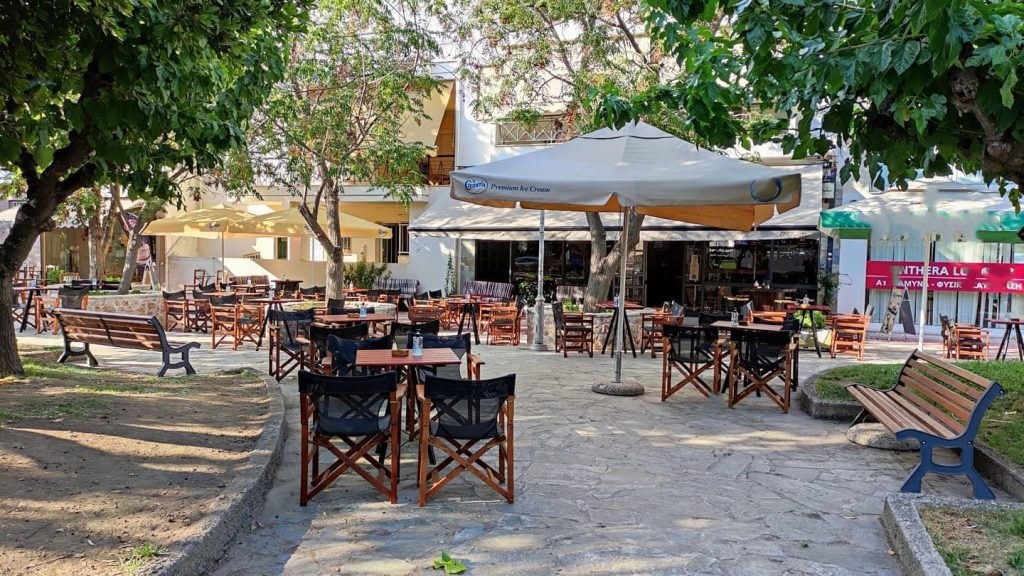
Vaia also touts that Anakasa to this day retains both a village and a community feel.
“There’s green here, as well as some traditional houses compared to the primarily multi-storied apartments of other areas. We also have good public facilities like community centres for the elderly, and schools within close walking distance,” she says.
“There’s good public childcare too. When my daughter was there the staff were like parents – really caring. We also have a recent, beautiful library here, which was much needed.”
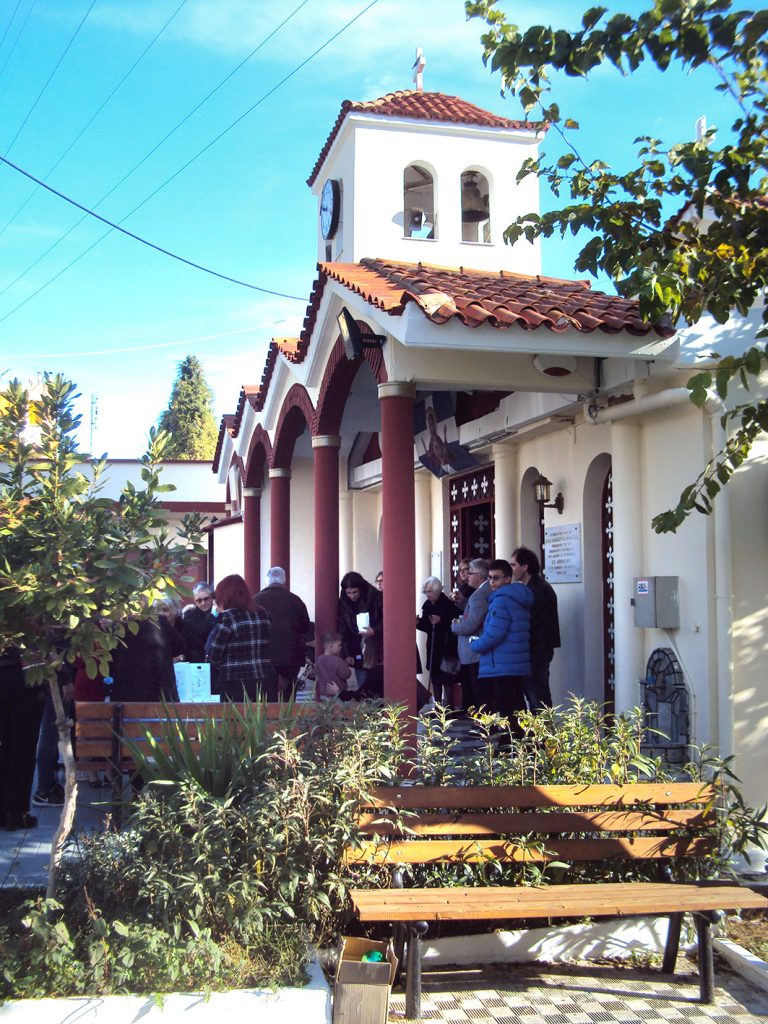

I prompt Vaia to tell me more about our wonderful suburb.
“Oh, in Australia, every suburb had athletic facilities, but here in Athens, it’s not so widespread. In our little neighbourhood Anakasa though, we have tennis courts, a children’s pool, outdoor exercise equipment, a soccer field and more. Not to mention a bike path lined with trees. We are also very close to a huge park – Parko Tritisi. There’s a local cinema here too,” she explains.
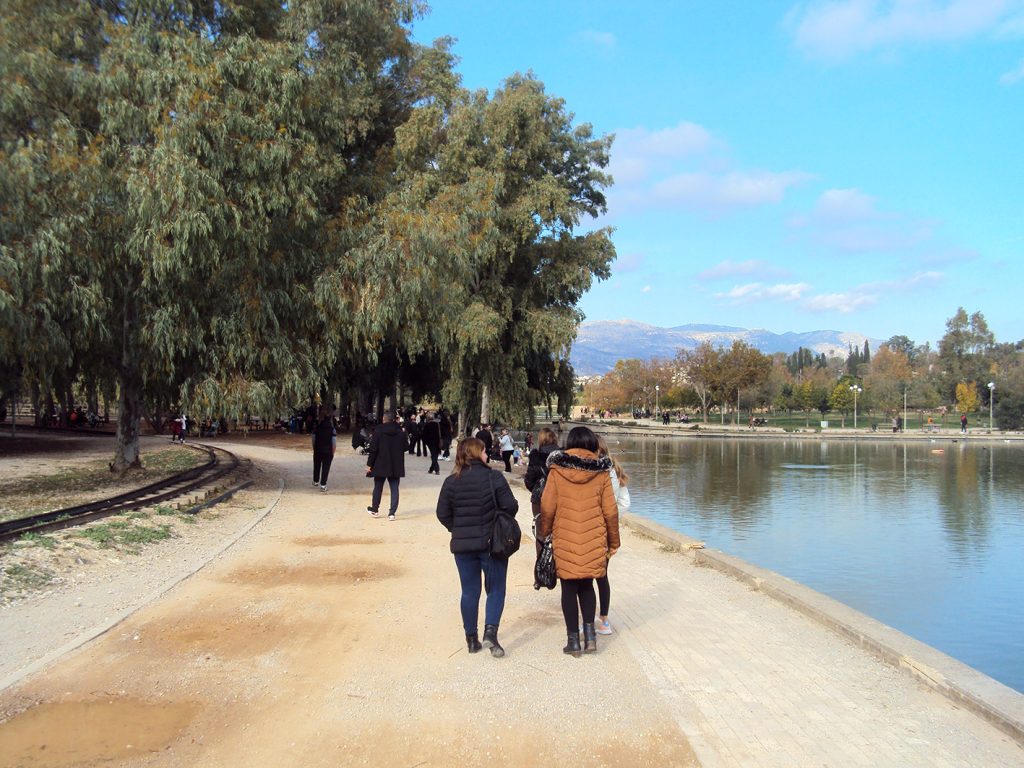
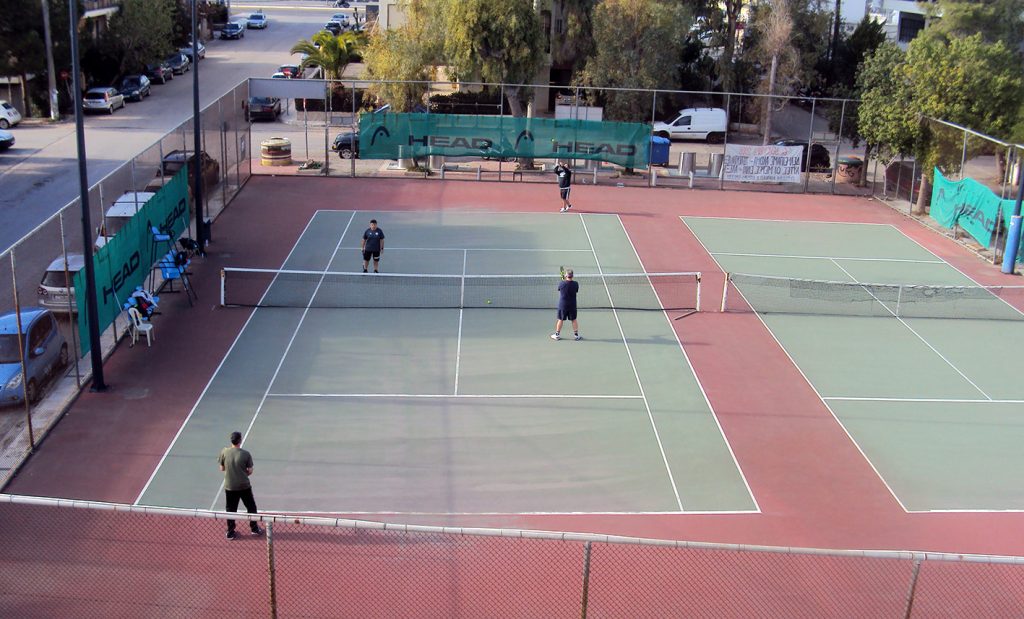
In terms of Anakasa’s location, Vaia enthusiastically refers to our suburban railway station here, which runs between the Pireaus port and the Athens airport, with many stops in between.
“I’ve timed it and it takes 12 minutes to get to Syntagma – the centre of Athens,” she attests while adding that “it’s a very short walk to the next suburb from here, Nea Filadelfia if you want a livelier cafe and eatery scene.”
“Disadvantages of the area?” I ask.
“Not enough outdoor access for people with disabilities. And we could do with more greenery, as we have fought to save trees here, and to plant more,” Vaia answers.
In closing Vaia adds smiling, “A simple walk here to one of the Greek-owned supermarkets for example, can take longer than expected, because you bump into people and stop for a chat. It’s a real neighbourhood.”
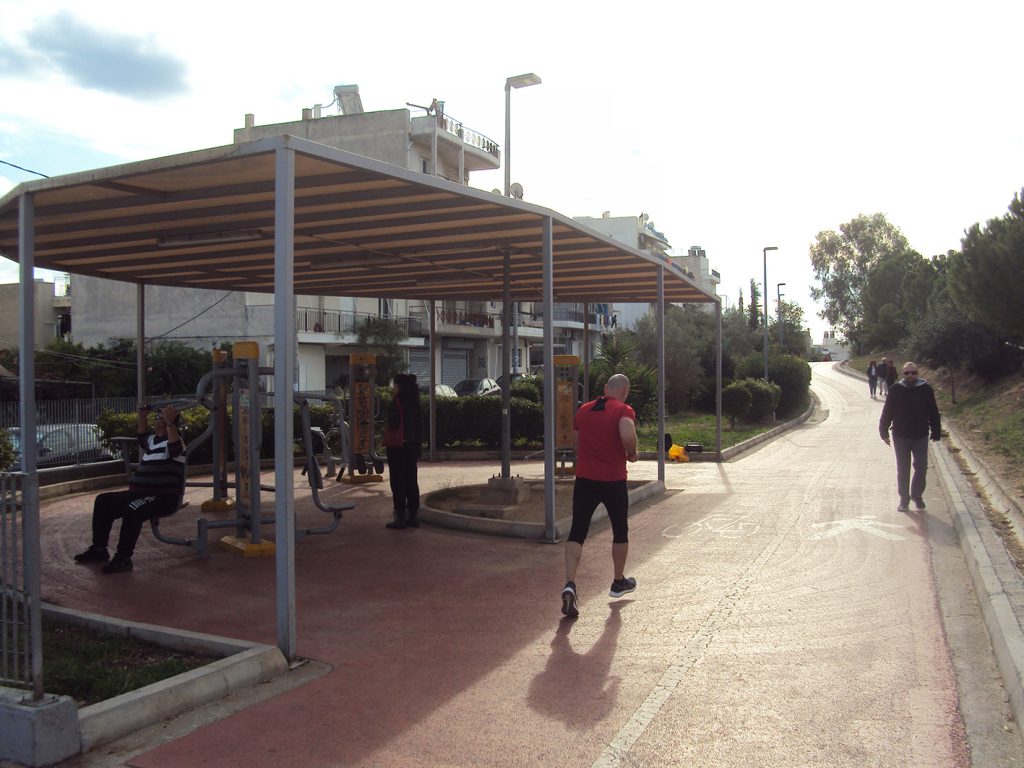
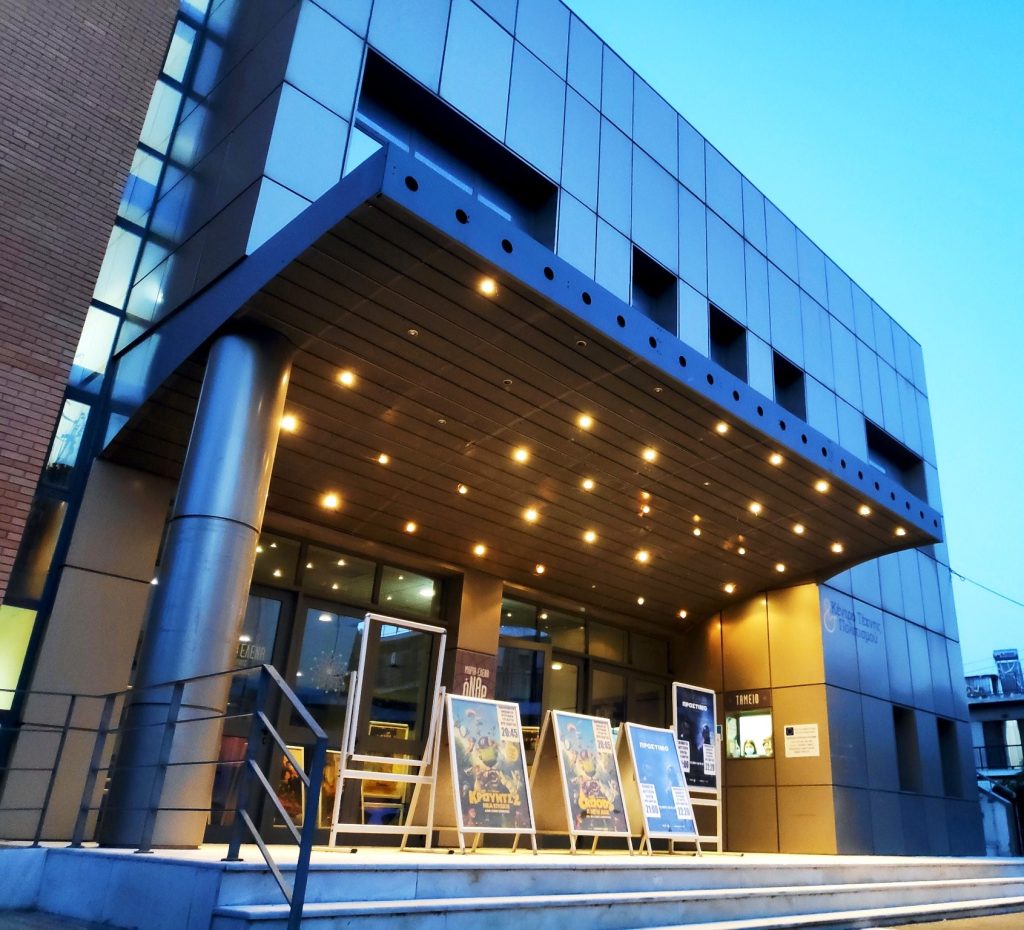
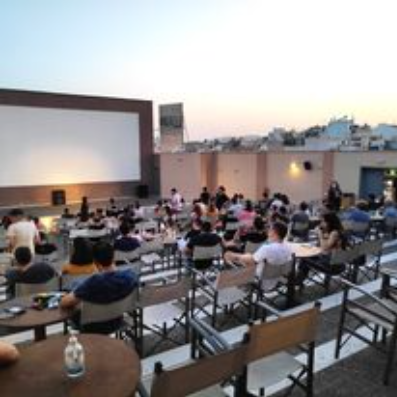

Kosta, who is in his early 60’s, also highlights Anakasa’s neighbourhood vibe. Unlike Vaia though, he was born and bred in the area, before moving to Australia in 1997 after he met his Greek Australian wife while she was holidaying in Greece. Since then, he’s been visiting Anakasa almost every year.
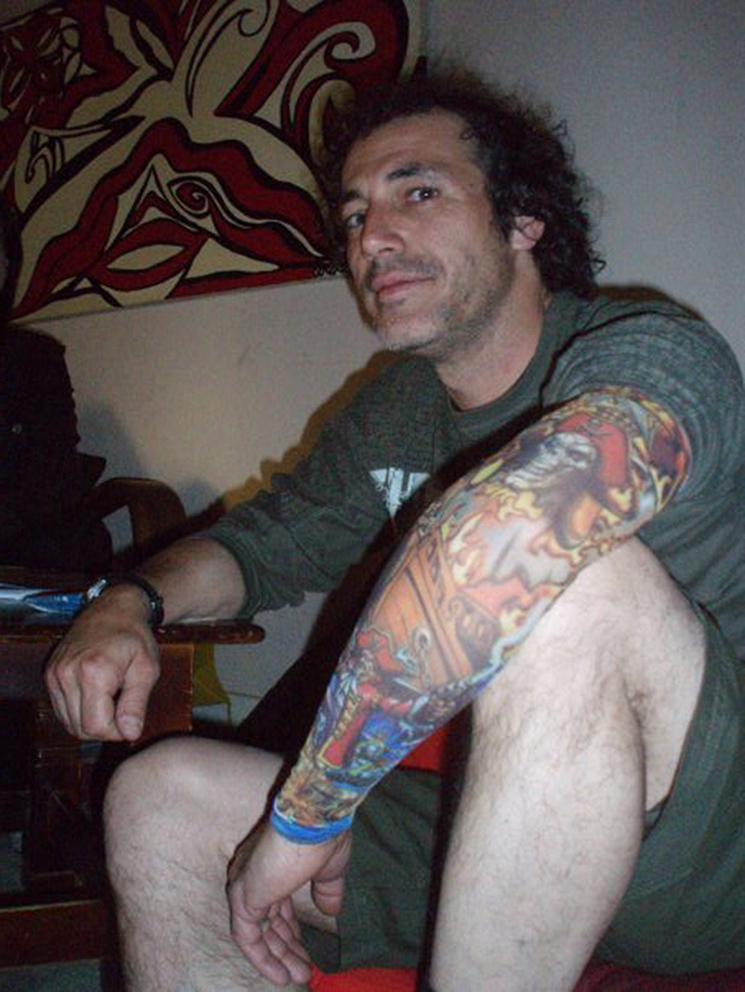
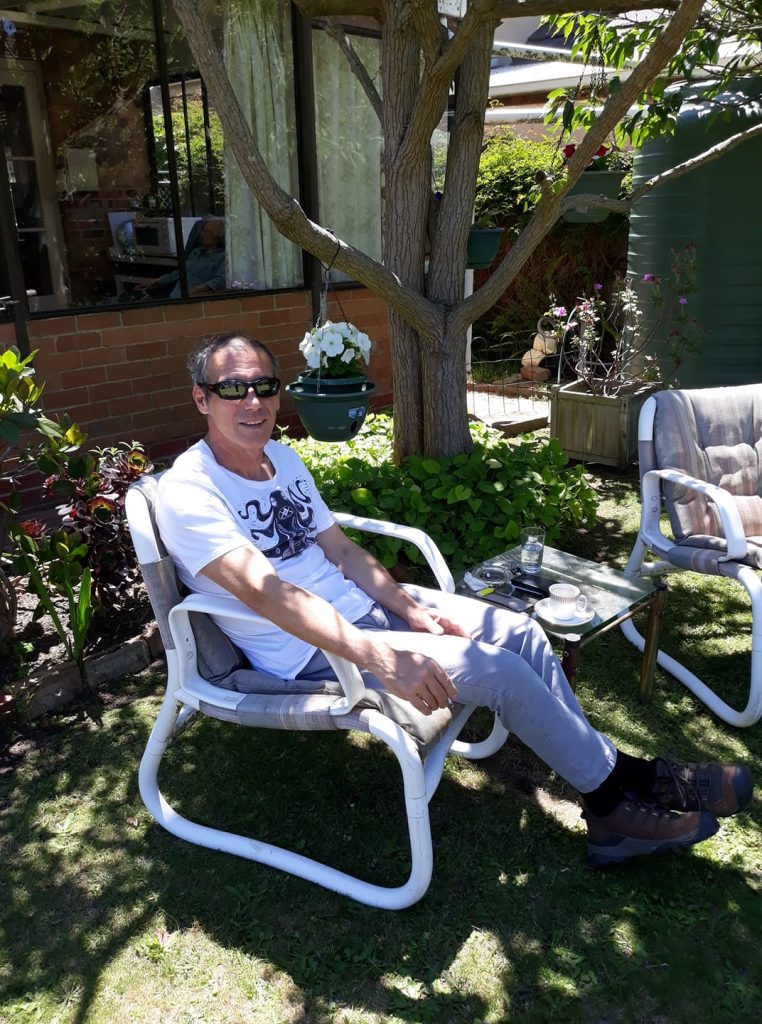
“I return often because I don’t want to miss precious moments with family and childhood friends. It’s my first home, and I feel good when I’m in Anakasa,” he says.
Referring to its formation as a suburb in the 1960s and 1970s when Kosta grew up, he tells of the low rise, single houses, of vineyards and even horses.
“By the 1980s more people from Greek villages settled there and it became a suburb where many worked nearby in factories, in construction, etc. They had a class consciousness and a neighbourhood was thus formed with cooperation and respect for one another,” he tells me.
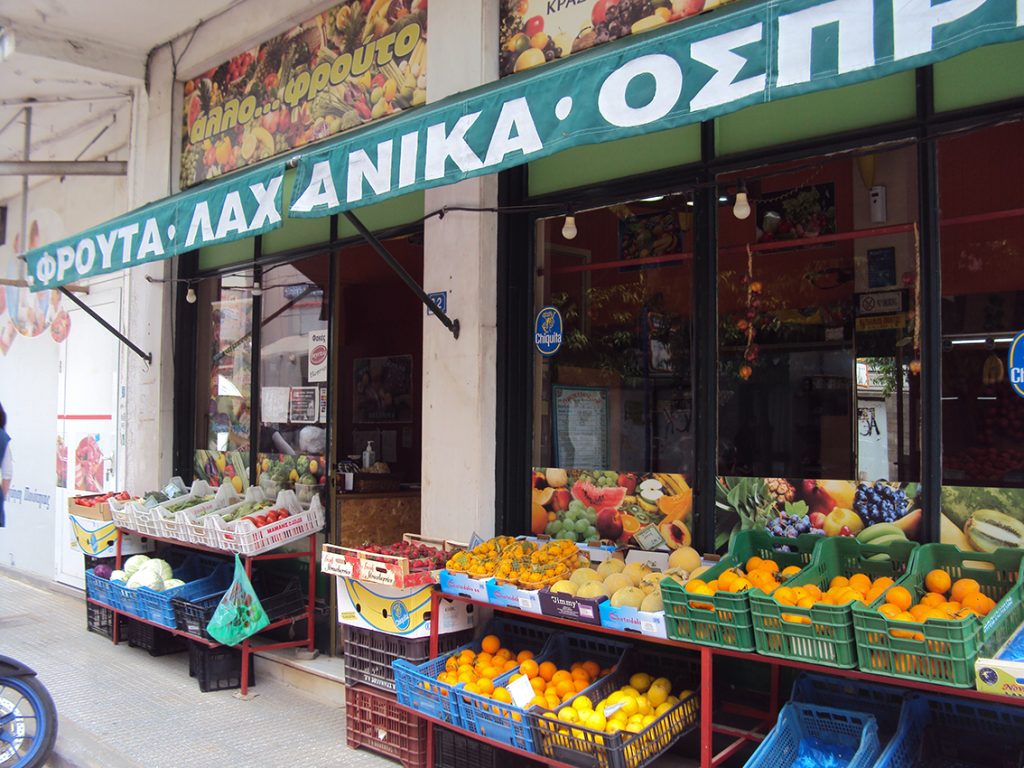
Comparing his Melbourne suburb to Anakasa, Kosta mentions that in Australia you need a car for everyday necessities such as shopping, whereas in Anakasa everything is within walking distance. He adds though, that in terms of public service access, “in Australia it’s all computerised and things get done efficiently online, but this doesn’t quite happen yet in Greece from my experience. Greece is an old lady though, with problems and issues.”
“The positive thing about Anakasa is that it’s a microcosm where the needs and desires of people are made known, sometimes side lining and bypassing bureaucracy and faceless law makers who aren’t one of us,” Kosta adds.
“In Australia though, the system moulds people, whereas I’d say in Anakasa the residents are invited to mould the system. So it’s important we fight for green spaces and for access for disabled people.”
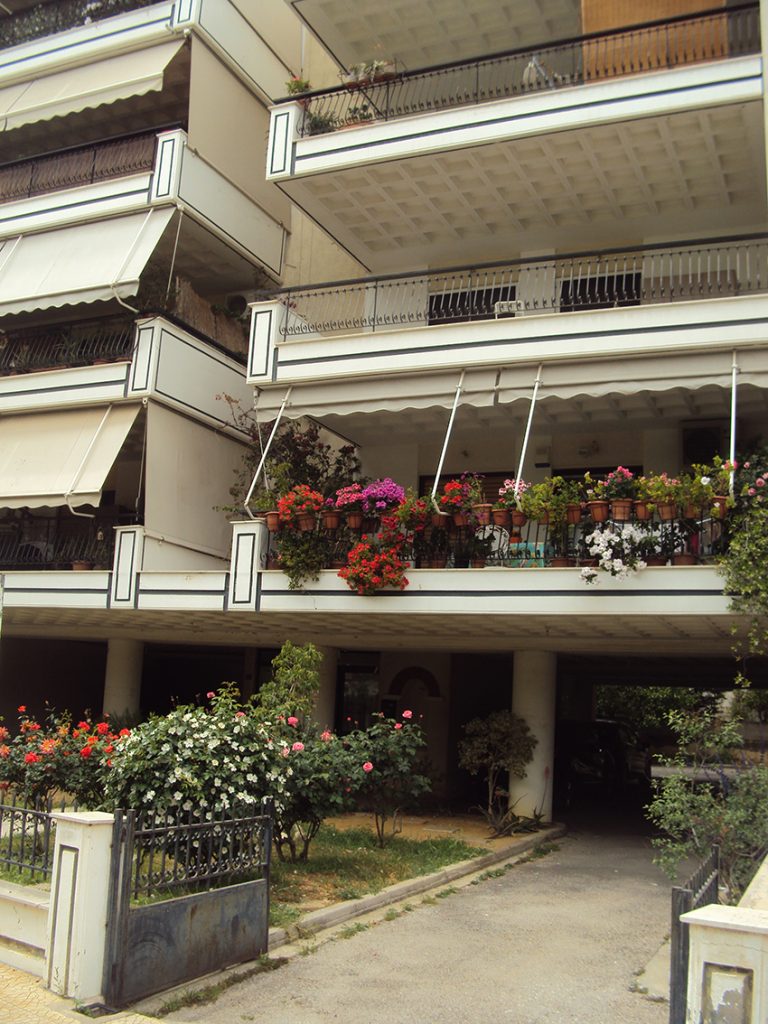
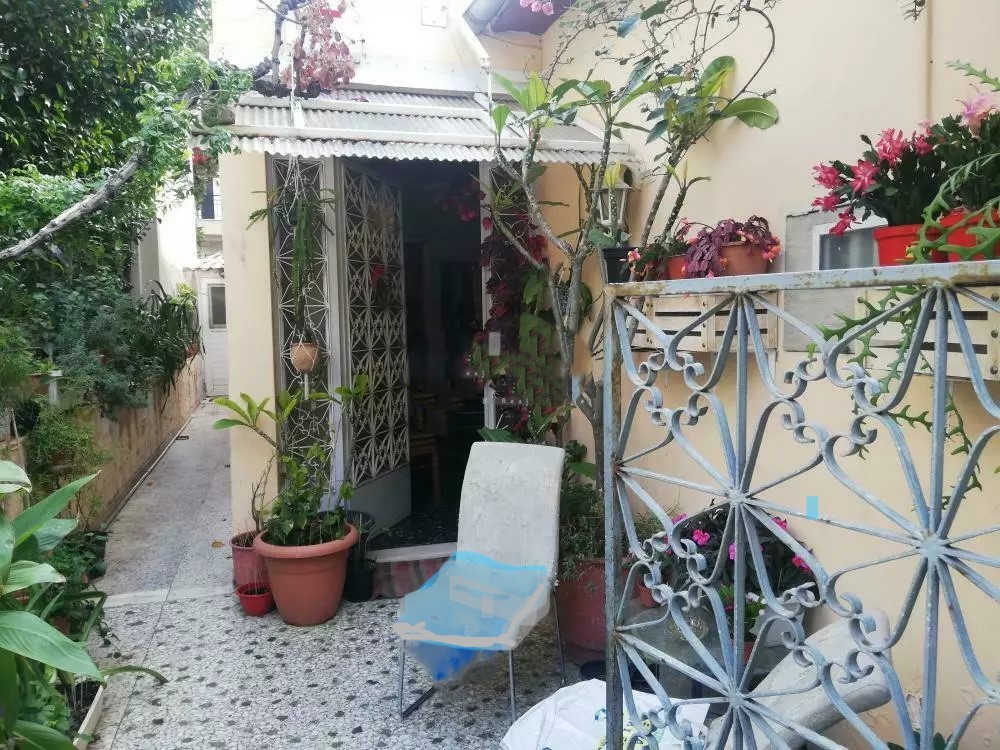
Further reminiscing leads Kostas to talk about the old days before apartment building began in the area.
“You could see the Acropolis and the sea towards Salamina from the top terraces of the old houses. Now I think Anakasa may have lost its character somewhat. There are fewer single houses with gardens than there used to be… But, at night walking through Anakasa’s streets, if you follow the scent of jasmine and fragrant evening primrose, you’ll still discover a sense of refusing to sell out,” he says.
